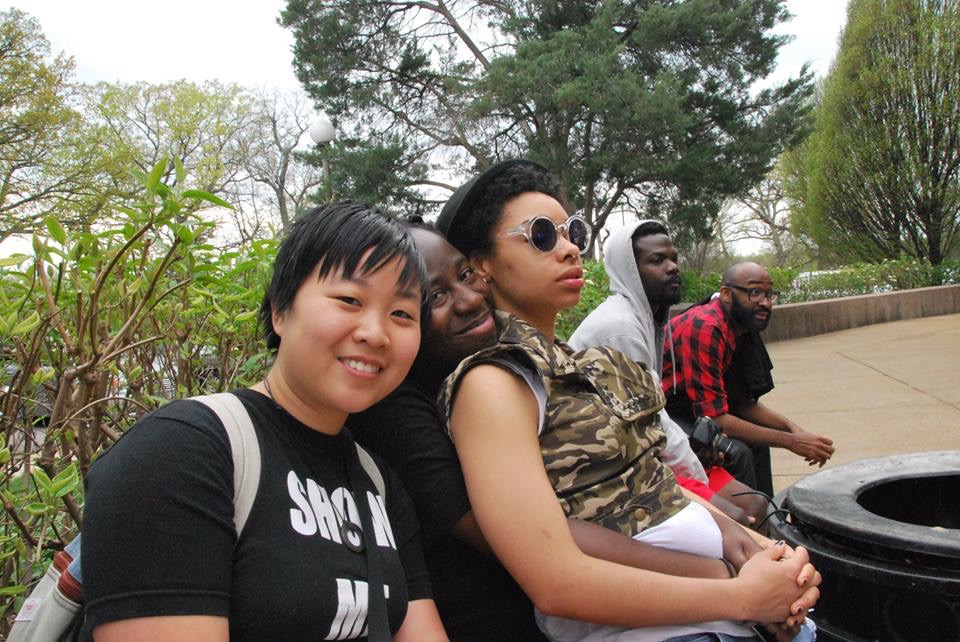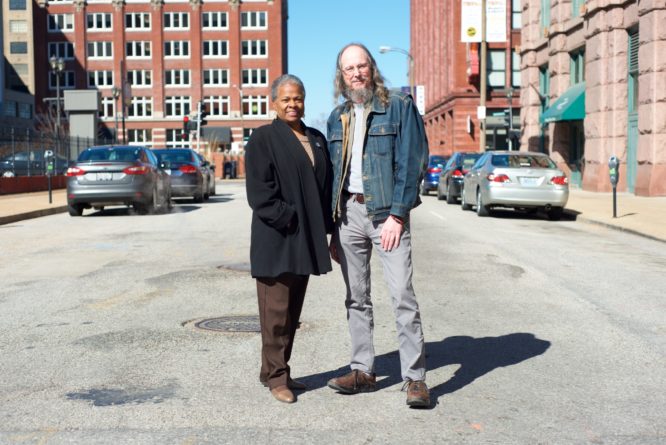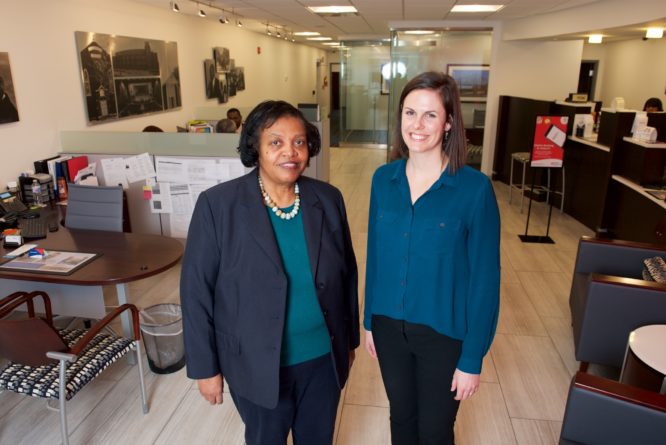If you’ve relied solely on mainstream media coverage of Ferguson and St. Louis since August 9, 2014, it’d be easy enough to see this region as either white or black, period. And to be fair, that picture’s backed up by the numbers — the city of St. Louis, as well as the county and the other counties comprising the Greater St. Louis region, is overwhelmingly black and white.
| Race/Ethnicity | ||||
|---|---|---|---|---|
| Area | White | Black | Latino/Hispanic | Asian |
| St. Louis City | 46.4% | 47.9% | 3.7% | 3.1% |
| St. Louis County | 70.3% | 23.7% | 2.7% | 3.8% |
| Missouri | 83.7% | 11.7% | 3.9% | 1.8% |
But numbers that lean so strongly in just two directions can color perception about what a “real” St. Louisan looks like and which residents care about this region’s future.
Students who move to STL from other states and even other countries for school often face layered assumptions about being transplants outside the white/black binary. Not only are they young, they’re also rooted elsewhere. School ultimately determines what they do, and where; their connections and commitments to community-at-large are limited by location, time, and “other” status. In other words, undergrads and grad students are opt-ins who mostly opt-out.
As always, there are exceptions to rules, especially rules based on generalizations that create barriers to broader, more inclusive community change. Meeting folks face-to-face, or finding other ways to see different people’s experiences as part of St. Louis’ evolving story, are steps toward seeing beyond numbers.
Julia Ho, a Lubbock, Texas native and an Asian American Washington University graduate, has been actively engaged in making her new hometown a better place for people who don’t necessarily look like her — she’s among numerous STL API’s working to build solidarity with black community members, for example — but do share a vision for a more equitable St. Louis.
On personal connections to Ferguson:
What happened in Ferguson affected every part of my life. From the perspective of my job (solidarity economy work with M.O.R.E.), it’s completely changed the way I organize.
It also forced me to think about where I fit into this as an Asian, both as an organizer and as a person. Ferguson forced me to have a lot of conversations with my family about ideas of anti-blackness that we grew up with, and ideas about why people are poor in America. I had never thought about myself as an Asian organizer until I was put in this situation where I was working a lot with black folks on issues of race.
Julia reflects on an unexpected connection made with her father, who’s back home in Texas.
On reactions to her involvement in issues related to Ferguson:
It ranges a lot. People are surprised to see even white people there, and especially to see Asian folks, on a number of different levels. Sometimes it’s sort of weird… people will say things like, “Oh, you’re here, too?” without really explaining what the ‘you’ is, or why it is that surprising to them.
It’s not something they expect, see on a regular basis because the nature of St. Louis’ segregation is not that it just separates white and black, but that it separates everything in between as well.
On how she connects with people:
The best way that I have to break this down is what [happens] when I go door-knocking or canvassing in North County or neighborhoods like Walnut Park in North City that people try and portray as the worst neighborhoods in St. Louis.
Most often people are shocked that I’m there. They’ll say things like, “Oh, are you lost?” or “Do you need help?” I’ll say, “No, no, I’m actually here to talk to you about what’s happening in Ferguson…” and most of the time, the way I open up that conversation is to ask them, “When was the last time you saw a person like me walking in your neighborhood?” And I’ve never had any single person say anything else to me other than, like, “Never… ”
It’s actually [those neighborhoods] where I’ve had the best connections with people. Because people really understand, from that question…. I’ll say, “Why is that?” And that opens up a really fruitful conversation for, “What is it that divides people in St. Louis?” and “Why are they divided?” I think having an Asian person approaching them about the issue is probably a very different experience from having a white person approach them, or even another black person, because they see that there is this solidarity.
By Elaine Cha for #STLFwdThru
Photo: Provided by Julia Ho




